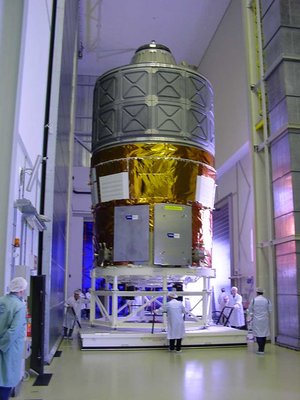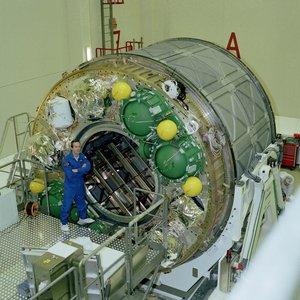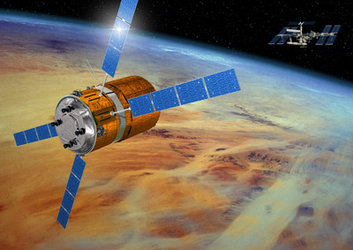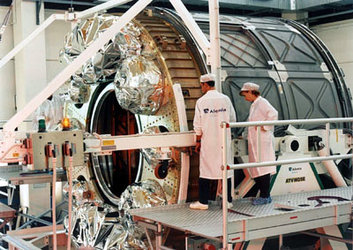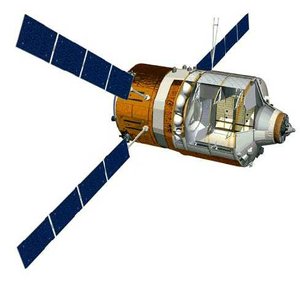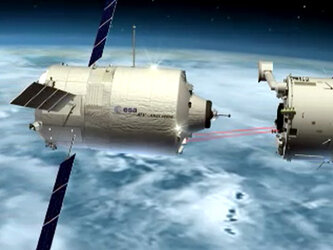Collocation of ESA ATV management team and Prime Contractor EADS-LV: A very positive step
To ensure that the first Automated Transfer Vehicle (ATV) launch meets the European Space Agency's commitment of servicing the International Space Station (ISS) in the autumn of 2007, around 1500 people in ten European countries are already working at a fast pace under the responsibility of the Prime Contractor EADS Launch Vehicles (France).
In a first for recent European space programmes, since 2001 both ESA and EADS-LV project management teams and representatives of its two principal Astrium subcontractors, have been located on the same site, at EADS-LV’s facilities in Les Mureaux, 50 km west of Paris.
“Now, after one year, even if the ATV programme is not yet completed, we can certainly say that from our point of view and also from the industrial point of view, the collocation of the two teams on the site of the Prime Contractor EADS-LV has contributed to the stability of the programme. It has proven to be a complete success,” said Jörg Feustel-Büechl, ESA Director of Manned Spaceflight and Microgravity who was responsible for the decision. Previously, the management team was at ESA’s European Space and Technology Centre (ESTEC) in Noordwijk, The Netherlands.
Increased efficiency
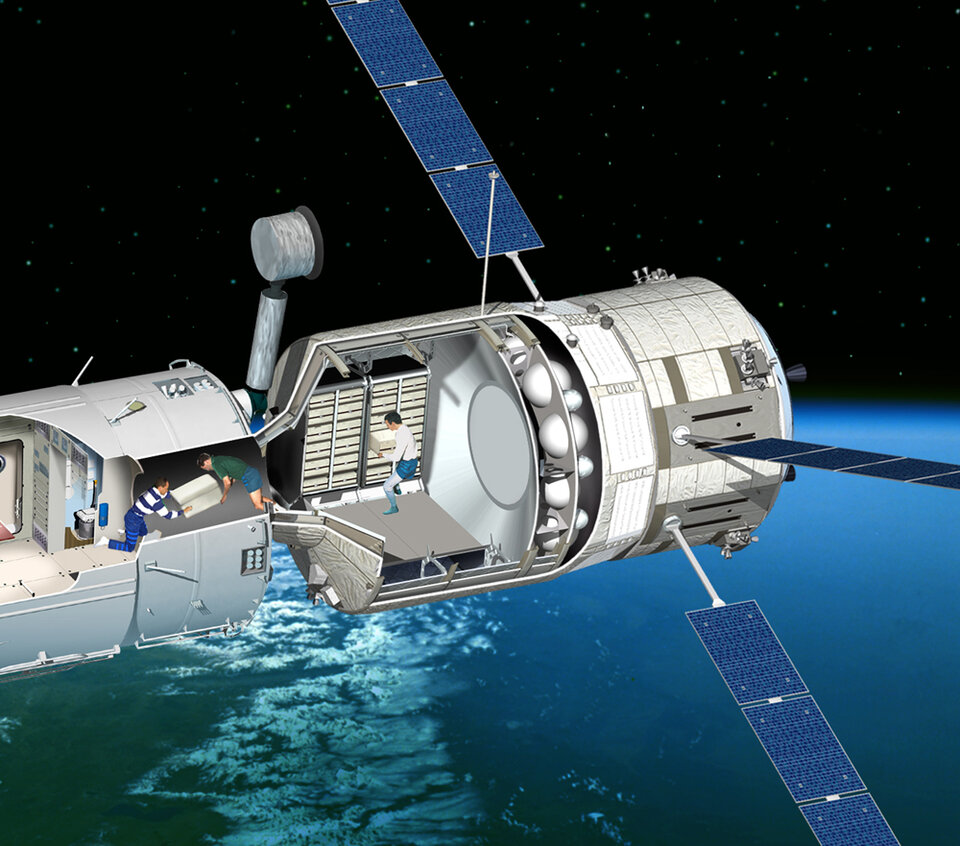
Although the ATV Flight Model will never come to Les Mureaux, 250 EADS-LV people, including the ATV management team, are working at the same location as two dozen ESA project engineers led by Robert Lainé. In addition to daily face-to-face working meetings, about 50 people from both sides meet every two months to review all the issues. As most of the engineering and systems have to be developed before the ATV critical definition review set for 2003, 2002 is a key year for the ATV programme.
“I believe that bringing the two teams closer has helped a lot in creating shorter loops between them. It has been very beneficial. Before, the same process was taking much longer”, said Jean-Yves Heloret, EADS-LV ATV Programme Manager. “It has helped us to better understand each other, we now get more of an idea of how ESA works with its partners and have come to respect each other more.”
Instead of scheduling a meeting and flying throughout Europe to solve a problem, engineers and administrative officers now just have to give a call and walk a few blocks on the same site to discuss an issue. Sometimes, even lunch at the cafeteria presents an opportunity to talk informally.
A complex programme
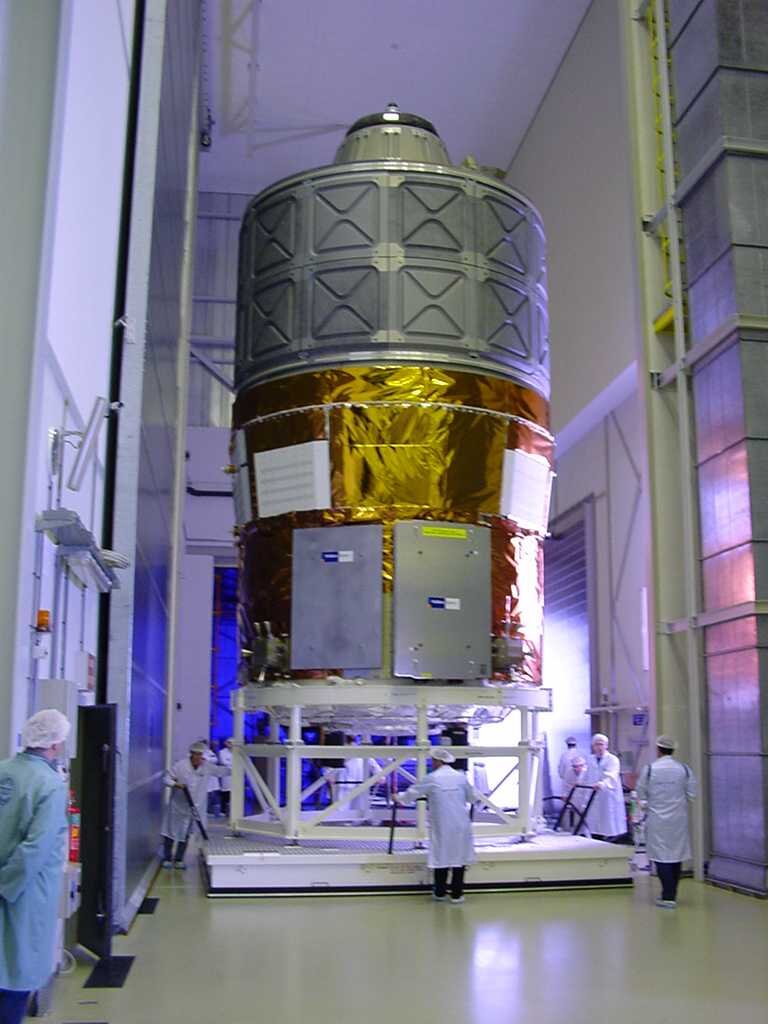
“ATV is a complex programme; we have to work on a lot of interface aspects with the Russians, because we’ll dock with their module; with NASA who has the overall responsibility for the ISS; with Ariane 5 engineers and with the ATV control centre which is being built in Toulouse”, said Patrice Amadieu, ESA’s ATV Deputy Programme Manager. “So it is much more convenient to be at the same location as our main contractor. We can easily work out issues with our industrial partners in preparation of a meeting with the Russians or with the Americans”.
The 20.7 tonne ATV will be launched by a dedicated Ariane 5 launcher which is also under development with EADS-LV at Les Mureaux.
Balancing roles
“Collocation presents a small risk if there is some confusion about each other’s roles”, underlined Mr. Heloret. “The Agency could be tempted to act like the Prime Contractor and the Prime Contractor could be trying to explain to its customer the way to negotiate with a partner. A good balance has to be found to avoid mixing each other’s roles. There are no rules for that, it’s more a matter of confidence and tact.”
Positive results
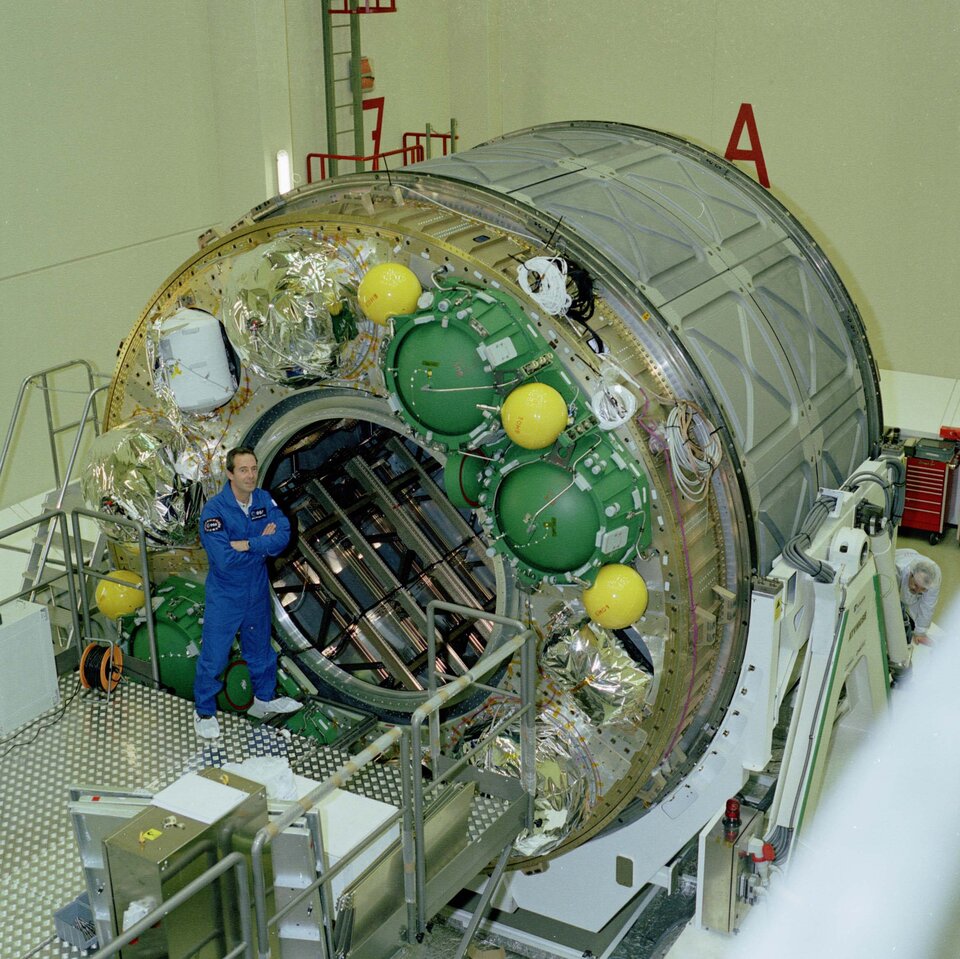
Since July 2001, when the collocation took place, the results of this joint work have been very positive according to all parties. Despite the strong schedule pressure, all the programmatic deadlines have been met. The structure will remain in place until 2007 with the inaugural launch of Jules Verne ATV.
“Our ESA team together with the industrial team have operated with a great deal of discipline and as a result we have avoided this type of mixture of responsibilities and the risks associated with it”, said Mr. Feustel-Büechl. “This new strategy already demonstrates that not only efficiency in terms of financial, technical and schedule management has been achieved, but also the spirit of cooperation has really continuously improved and the two teams are working together in an atmosphere of confidence. This is much to my great satisfaction.”
Looking to the future
Within EADS-LV, the next challenge will be the transition between the development stage and the exploitation phase which requires building the 7 planned ATVs. To improve efficiency and cost of this transition, several EADS teams in Bremen and Les Mureaux will be harmonized.
Construction of ATV flight hardware has already started and the main integration of the first Flight Model will begin next summer for the scheduled launch in 2007. Thirty companies from ten European countries, as well as 8 other companies from Russia and the United States share the work under EADS Launch Vehicles prime contractor leadership.
Considering the good results achieved by moving the teams in order to have them working at the same location, could this method become the new rule for other space programmes?
“Not so”, said Mr. Feustel-Büechl, “I think one cannot say that this is a systematic method of work. It was a sort of emergency situation; we had to cope with a critical project in terms of technical complexity, schedule and cost of the programme. We had to do it at that moment in time. It shouldn't become a standard measure, it really is an exceptional move”.



